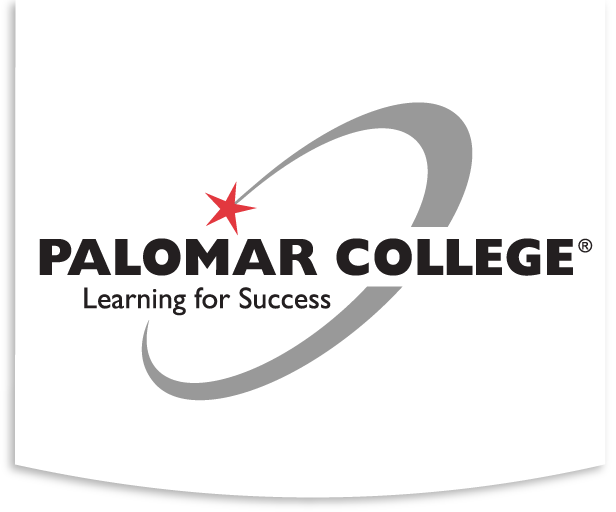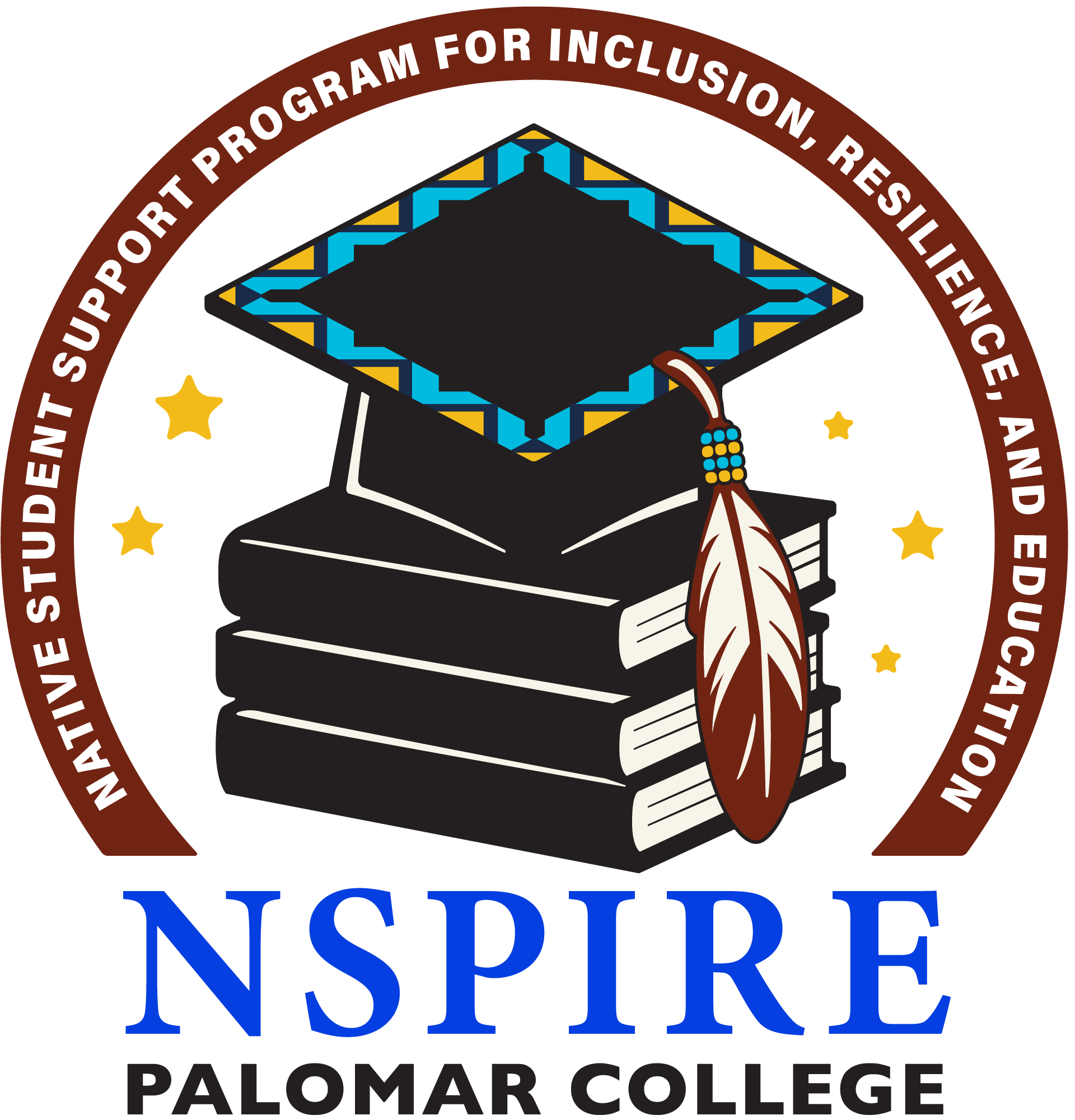What is NSPIRE?
NSPIRE stands for Native Student Support Program for Inclusion, Resilience, and Education. This is a state-funded program, created under the NASSSP grant, which Palomar College was awarded from the California Community Colleges Chancellor’s Office.
Who does NSPIRE serve at Palomar College?
NSPIRE assists and supports Palomar College’s American Indian/Alaska Native students through the enrollment process, persistence in their studies, completion of degrees, transfer opportunities, and career placements.
I’m interested in enrolling in this program, where do I start?
You can start by filling out the Interest Form found here. Once completed, be on the lookout in your email for a message from our NSPIRE Program Coordinator.
What does “self-identified American Indian/Alaska Native” mean on the NSPIRE Interest Form?
For the NSPIRE Program, “self-identified American Indian/Alaska Native” refers to individuals who are enrolled members or descendants of federally or state-recognized tribes or villages located within the United States. A descendant is someone who has a biological parent or grandparent who is/was a member of a federally or state-recognized tribe.
This definition also includes individuals covered under the Jay Treaty, which allows American Indians born in Canada to freely enter the U.S. for purposes such as travel, education, employment, or immigration. Eligibility for the NSPIRE Program does not include other Indigenous peoples outside of these regions.
Because the NSPIRE Program is a state-funded grant through the Native American Student Support and Success Program (NASSSP), the grant directs us to serve American Indian/Alaska Native students whose tribal connections fall within these guidelines.
For questions about eligibility, please contact our Student Support Program Coordinator at nspire@palomar.edu.
What does “federally recognized” mean?
A federally recognized tribe is an American Indian or Alaska Native tribal entity that is acknowledged by the United States government as having a government-to-government relationship with the United States. This recognition confirms the tribe’s legal status and eligibility for certain federal programs, services, and funding.
Federally recognized tribes have their own governing bodies, the power to determine their own membership, and the right to self-govern in matters affecting their internal affairs.
The official list of federally recognized tribes is published annually by the U.S. Department of the Interior, Bureau of Indian Affairs (BIA).
What’s the difference between the NSPIRE Program and NASA Club?
The NSPIRE Program is a state-funded support program for self-identified American Indian/Alaska Native students at Palomar College. It focuses on providing educational guidance, resources, and services to help Native students succeed academically and personally.
The Native American Student Alliance (NASA) Club is open to all Palomar College students, Native and non-Native, who are interested in promoting or learning about Native American cultures, traditions, and issues through community, events, and advocacy.
Who is collaborating with the NSPIRE Program?
With support from our Student Support Program Coordinator, Student Success Counselor, and the American Indian Studies Department, we provide career and educational guidance to help Native students succeed at Palomar College and beyond.
How many federally recognized American Indian/Alaska Native tribes and villages are in the United States?
There are 574 federally recognized tribes located throughout the United States.
How many federally recognized tribes are in California alone?
California is the home to 109 federally recognized tribes.
How many federally recognized tribes are in San Diego County?
San Diego County is the home to 17 federally recognized tribes and 18 reservations, more than any other county in the U.S.


